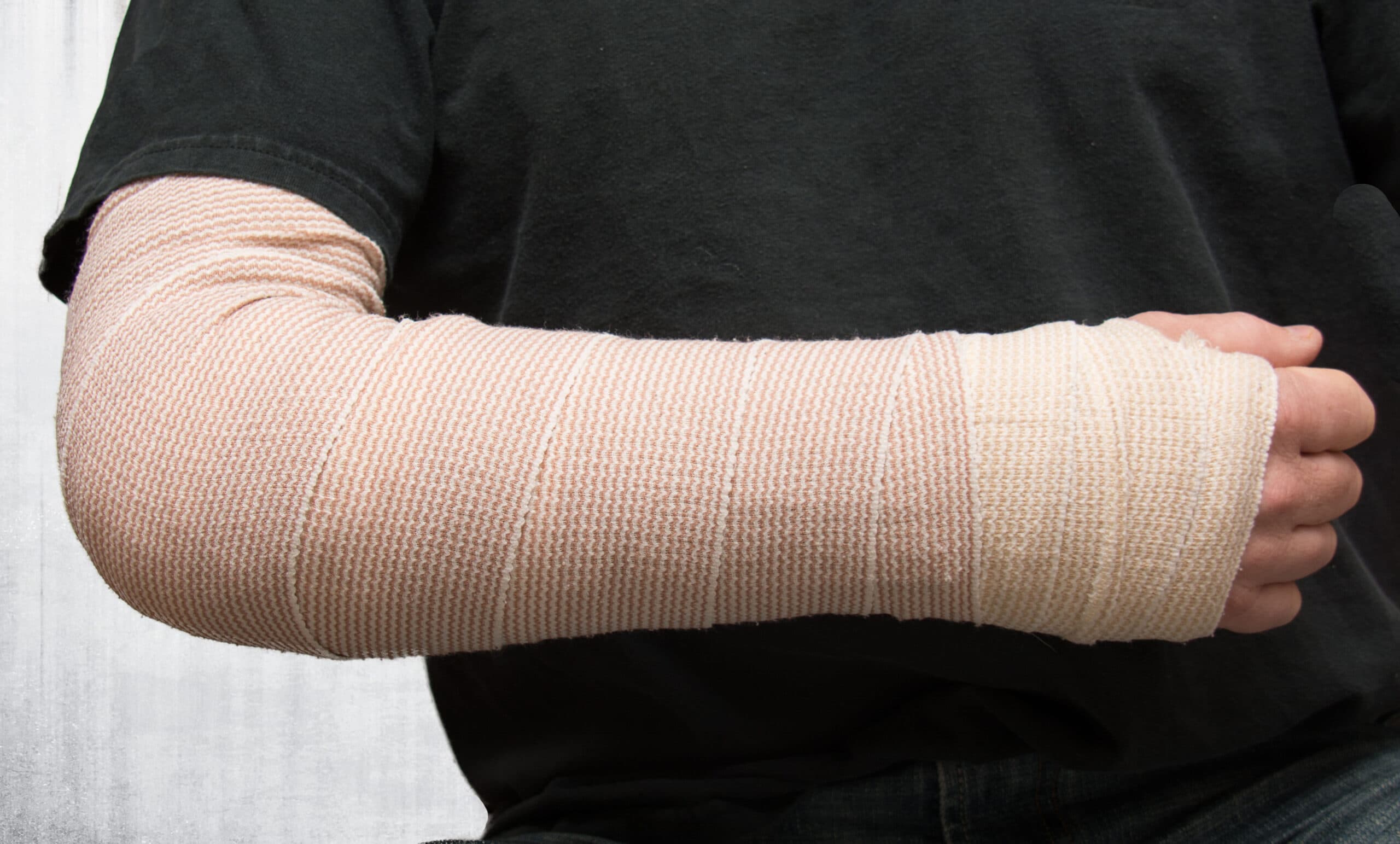
A common problem we face at London Bridge Orthopaedics is fractures. For people with osteoporosis, the risk of a fracture is dramatically increased
During your life, your bones will constantly change and adapt to your environment and your health. It’s easy to think of bones as static, but they are constantly losing and replenishing bone minerals – it is thought that you replace your entire skeleton every 10 years.
Osteoporosis occurs when the body is not able to replenish the minerals within the bones as quickly as it is lost. This results in a lowering of the bone mineral density, making the bones weak and particularly vulnerable to fractures. It is known as the ‘silent disease’ as people cannot feel their bones weakening and show no symptoms. Diagnosis usually only occurs after suffering a fracture, meaning many do not realise there is a problem until the condition has progressed.
Osteoporosis is more common in people over 50 years of age and women are more likely to develop it than men, although the condition can affect anyone regardless of age or gender. Certain lifestyles can increase the risk of developing it. Below are many of risk groups known to cause bone loss that may lead to osteoporosis.
Menopause
Oestrogen is important for strong bones. After the menopause, this hormone falls and can lead to a dramatic amount of bone loss.
Low Testosterone
For men, many develop osteoporosis due to the lack of testosterone within their bodies. Testosterone is likely to decrease with age.
People with Conditions of Hormone-Producing Glands
For those who have a condition that affects a hormone-producing glad, you may be at risk of developing osteoporosis. Hyperthyroidism is a known contributor to osteoporosis, as is disorders of the pituitary and adrenal glands.
People with Poor Diet
Vitamin D and calcium are important for replenishment of bone minerals. Vitamin D provides the ability for the calcium to be absorbed by the bones, while calcium is the key mineral. A diet that is lacking in these will increase the likelihood of developing osteoporosis.
People Who Are Inactive
Muscles and bones become weak when they aren’t used. People with inactive lifestyles are likely to develop osteoporosis due to the lack of exertion on the bones. When you exercise, the muscles add stress to your bones. The bone then adapts to the stress, strengthening it. This is known as Wolfe’s Law and gentle weight-bearing exercises are a treatment for those with the condition.
Smokers
Smoking itself is already a dangerous health risk without factoring in osteoporosis. Smoke contains a large number of free radicals that disrupt hormone production, releases cortisol (which breaks down bone) along with damaging blood vessels – reducing the oxygen supply to the bone and affecting the ability to replenish bone mineral.
People on Certain Medication
Some medication for certain conditions will affect the hormones levels, which will contribute towards osteoporosis. Many steroid-based medications, such as corticosteroids (a common medication for asthma, rheumatoid arthritis and psoriasis), has been linked to bone loss, as has anti-seizure drugs.
People with Certain Medical Conditions
A number of genetic diseases are also contributed to bone loss. Digestive diseases, such as cystic fibrosis, will affect the absorption of vitamin D and calcium. This means that vitamins and minerals required for strong bones will pass through your digestive tract as urine.
People who Abuse Alcohol
Excess alcohol is known for causing deficiencies in calcium and vitamin D. Alcohol inhibits the absorption of calcium in the stomach. Alcohol will also affect the liver’s ability to absorbing vitamin D into your body. Excess consumption of alcohol has also been linked to a reduction in osteoblasts – the cells that create bones.
Treating Osteoporosis
After an osteoporosis diagnosis, your doctor will recommend healthy changes to your diet and lifestyle. They will also give advice on how to reduce your risk of slips and falls, a common cause of fractures.
There is no cure for osteoporosis but lifestyle and diet changes will either slow down the development of the condition or stop it altogether. However, it is extremely unlikely to recover lost bone mass.
Many of the treatments for osteoporosis are also preventative actions. The most recommended treatment/preventative action is to ensure that you are receiving sufficient amounts of calcium and vitamin D to your diet. Alongside this, ensuring you exercise on a regular basis – doing gentle weight-bearing exercises will strengthen your bones while providing other health benefits.
Some doctors may recommend medication to slow bone loss. For women who have low oestrogen and men with low testosterone, some doctors may recommend hormone replacement therapies. Other medications are available and you should talk to your doctor about which is right for you.
For more health and orthopaedic news, follow London Bridge Orthopaedics on Twitter, Facebook and LinkedIn.









